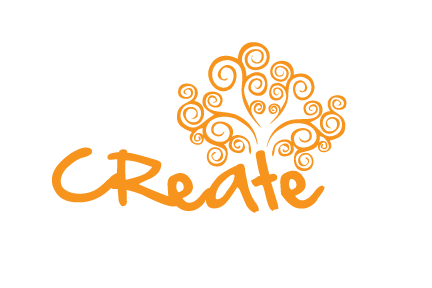The usage lifcecycle
As users interact with your product or service, they proceed through a series of steps called the usage lifecycle. The usage lifecyle is a mapping of the user’s experience with your design. Like other lifecycles, the usage lifecycle has a beginning, middle, and an end, each of which are characterized by different behaviors and goals. Though they be similar in every other way, people act very differently in each stage of the lifecycle.
Here is an overview of the stages:
- First Contact: When people become aware of your product/service. This is when people discover and becoming interested in what you’ve designed. This is where their perceptions are formed…do they understand what your design is all about? Do they understand what use it is to them? Do they get how amazing it is?
- First Time Use: Probably the most critical moment in the lifecycle of your design. It’s the first real impression, the first actual use of your design and when a user seriously considers a long-term engagement. Unfortunately, this stage is often overlooked in the design process because it happens so quickly…first time use is over in an instant.
- Ongoing Use: Regular use of your product/service.
- Passionate Use: Though it is the goal of every designer to have people using their design passionately, this stage is rarely attained. But when it is, users get into a state in which they are highly productive/immersed in your design, and often share that passion with others. This is how organic growth happens…when your design really takes off.
- Death: When people stop using your product/service. This can happen at any time during the lifecycle. Perhaps your design is too hard to use. Perhaps it doesn’t have a critical feature someone needs to do work. Perhaps someone found a better way to do something. Whatever the reason, UX designers gain insight by regularly doing post-mortems on the lifecycles that were cut short.
When you start framing design in terms of the usage lifecycle, you begin to see how each stage has different design challenges. What was a huge show-stopping issue for users at first contact is never a problem for them in later stages. What is a complex issue during regular use never occurs to someone just starting out. In this way the point at which people are in the lifecycle determines context for the user as much as anything else. Just as much as we need to “know your user” we need to know what they’re doing…rather, where they are in the usage lifecycle.
Courtesy of : 52 weeks of UX

